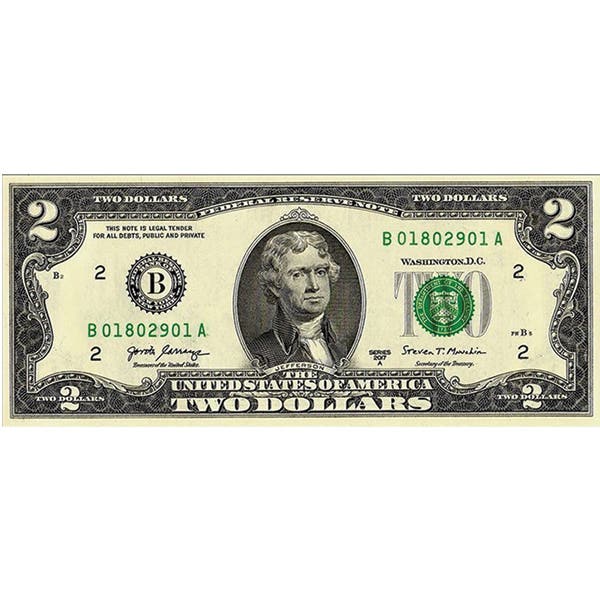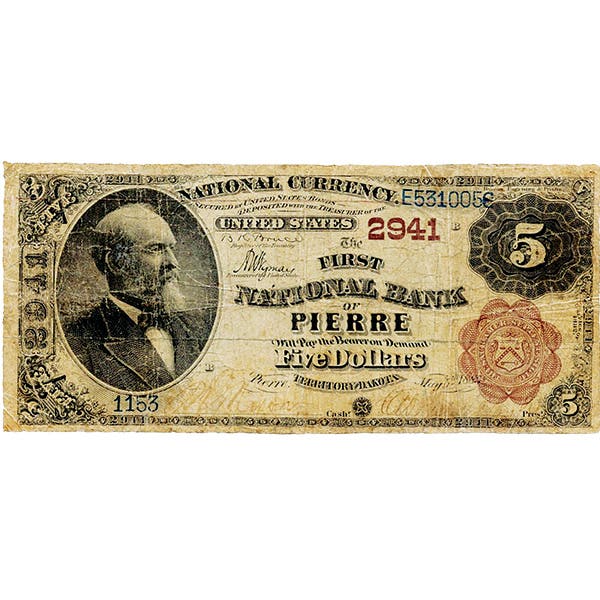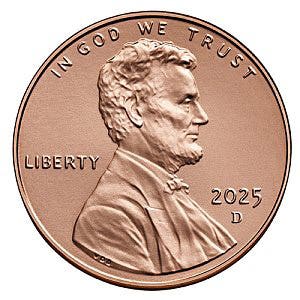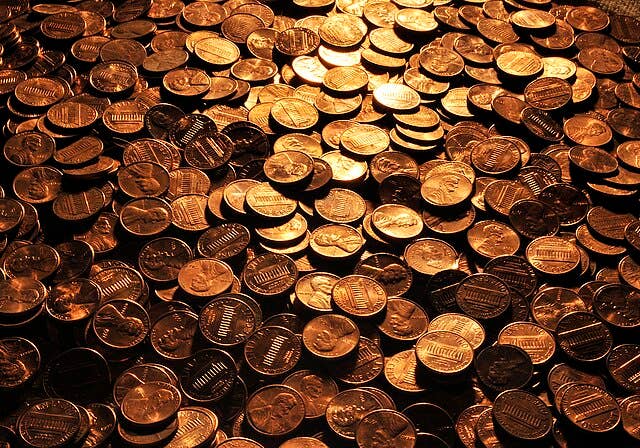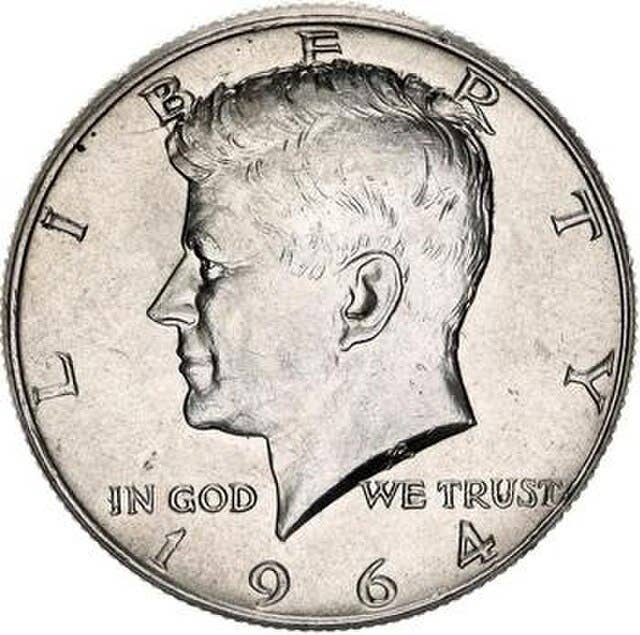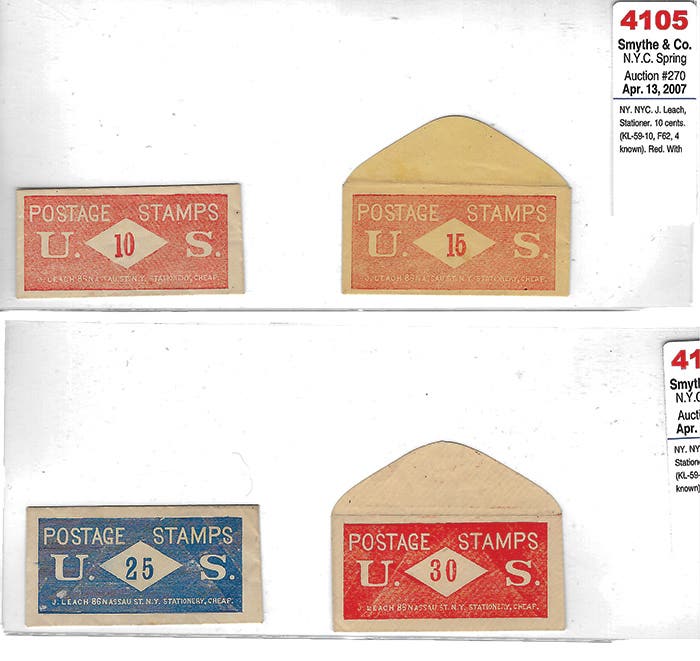Mint does what told by law to do
As I was reading the Viewpoint article by Gary Huskey (9/8/09), I was struck that even the most experienced in the numismatic industry does not understand that the U.S. Mint has little to no control over the vast majority of its operation.
As I was reading the Viewpoint article by Gary Huskey (9/8/09), I was struck that even the most experienced in the numismatic industry does not understand that the U.S. Mint has little to no control over the vast majority of its operation.
First and foremost, the U.S. Mint cannot strike any coin or medal that has not been prescribed by law. If the coin or medal has not been voted on by congress, signed by the President, argued over by the Commission of Fine Arts and the Citizens Coinage Advisory Committee, and approved by the Secretary of the Treasury, then it will not be produced by the United States Mint.
The U.S. Mint may be the only national mint governed in this manner.
The laws that are passed which govern the U.S. Mint are codified in Title 31, Subtitle IV, Chapter 51, Subchapter II of the United States Code (U.S.C.). For this discussion, the significant section of the law is Section 5112 (31 U.S.C. §5112) that covers all of the specification for every coin struck by the Mint. It describes the size, weight, content, and the design or theme of the coin. If it is not in the law, it is not struck by the U.S. Mint . Very little is left up to the Mint in coinage design.
When it comes to the design of the coin, sometimes the law specifies a theme for the design as it did for the 50 state quarters program. In other cases, the law describes the exact design. For example, paragraph (q) in Section 5112 tells the U.S. Mint that the $50 gold bullion coin is to “bear the original designs by James Earle Fraser, which appear on the 5-cent coin commonly referred to as the ‘Buffalo nickel’ or the ‘1913 Type 1’.”
Otto von Bismark once said, “Laws are like sausages, it is better not to see them being made.” Von Bismark could have also been talking about the sausage making process that goes into the design of our coinage. Once the Mint receives the public law, it either takes the input from the state or commemorative group involved to the Mint’s artists and engravers so they can create several designs that meet the legal requirements. Coin designs go through an internal review process before they are given to the Director of the Mint to submit them to the next process.
Completed designs are forwarded to the Citizens Coinage Advisory Committee (CCAC) to review and recommend a design. The CCAC may also ask the artists to alter designs for historical or aesthetic reasons and return with updated designs. Once advised by the CCAC, the law requires that the designs are then sent to the US Commission of Fine Arts (CFA) for their “review.” The CFA reviews the same designs as the CCAC and is not bound by the CCAC’s decision. In fact, there are many cases where the CFA will choose a different design or request different changes than decided by the CCAC. Changes are then vetted by the CCAC and the CFA. Many times, the CCAC and CFA will continue to disagree. An example of this version of the sausage grinder was evident on selecting the designs for the reverse of the 2009 Lincoln Cents.
But the process does not end there. The recommendations of the CCAC and CFA are forwarded to the Secretary of the Treasury, who has the final approval of all designs. Since the founding of the CCAC, no Treasury Secretary has ignored the recommendations of either organization. Typically, the Secretary approves the same design as recommended by the CFA, but is not required to do so. A classic example of a Treasury Secretary ignoring the CFA was when Andrew Mellon ignored the CFA recommendation on the design of the original Washington quarter.
During the design process, the Mint ensures that the legally required metals are procured to strike the coins or medal. The law requires that the metals used to strike the coins be purchased from U.S. mines on the open market. The U.S. Mint is the single largest purchaser of gold and silver in the United States while it competes with everyone else for the stores of copper, tin, and nickel to strike circulating coinage. The law prohibits the Mint from paying anything other than market value for coinage metals. This affects the price of the making of the coin.
Once the Secretary approves the design, the Mint’s engravers do what is necessary to make the dies that will be used to strike the coins or medals. At this point, the engravers use new technologies to make the artwork come to life , including computer controlled lathes and lasers for frosting of proof images.
Before collectibles can be sold, the Mint has to determine the price that will be charged for these items. The law requires the Mint to take into consideration of the market value of the metals used, the costs required to produce and sell the item, and the surcharge that will be donated to a particular organization. As we have seen in the past year, the Mint will re-price precious metals issues as the volatile market adjusts prices. But the U.S. Mint has documented in its most recent Annual Report an average profit of 18 percent for collectible coins and 22percent for bullion issues. Profits for business strike coins, called seignorage, is tied to the number of coins struck for circulation.
Finally, the coins and medals are struck. If the U.S. Mint is striking circulating coins, the Mint strikes enough to meet the demand of the Federal Reserve plus additional for sale to collectors. Commemorative and collectible bullion can have mintage limits that are defined in the law. Sometimes, the Mint does not even get to control where the coins are struck. Some laws will specify which branch mint will strike the coins.
The only part of the process that the Mint has complete control over is the marketing and packaging for numismatic sales. While the Mint may not produce more than the legal limit for any coin, they are allowed to create special packaging for collectors. The Mint has created special sets for some commemorative issues that include “coins and chronicles” sets that includes commemorative and proof strikes of circulating coins.
Whether it is circulation coinage, a commemorative issue, or a medal honoring someone for their contribution to society, the final result is the end of the sausage making process that goes into making our coinage. If you do not like what you see, write your senators and representatives because the laws they pass control the process.
Scott Barman is a collector and author of the Coin Collector’s Blog (coinsblog.blogspot.com
Viewpoint is a forum for the expression of opinion on a variety of numismatic subjects. The opinions expressed here are not necessarily those of Numismatic News.
To have your opinion considered for Viewpoint, write to David C. Harper, Editor, Numismatic News, 700 E. State St., Iola, WI 54990. Send e-mail to david.harper@fwmedia.com.




